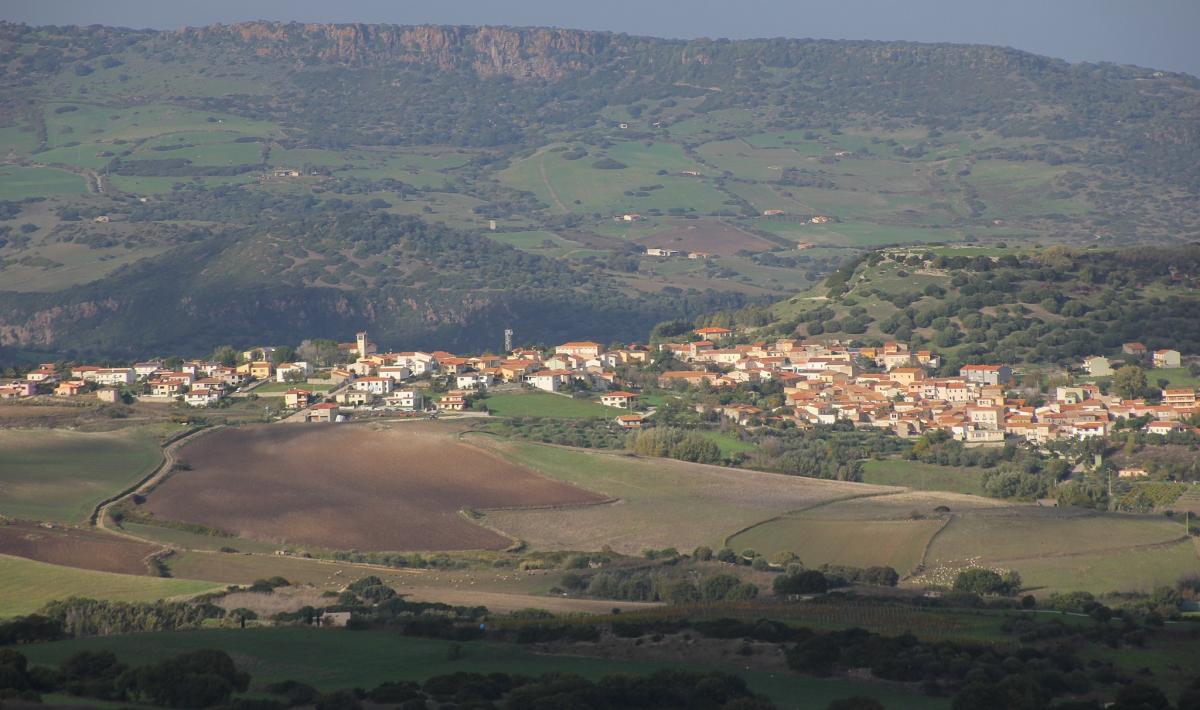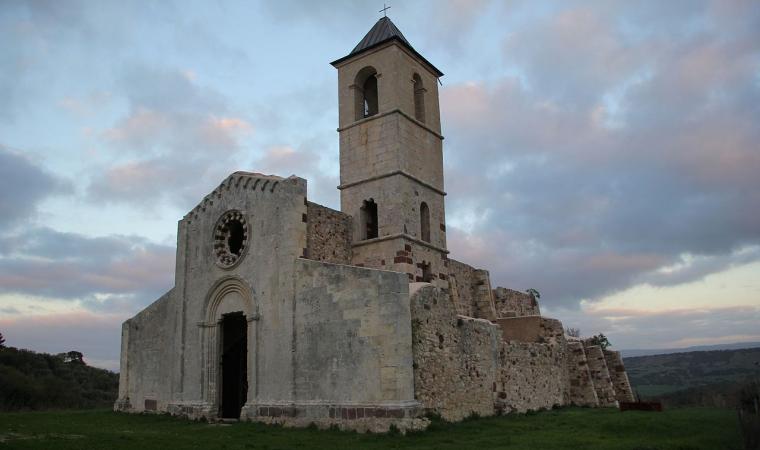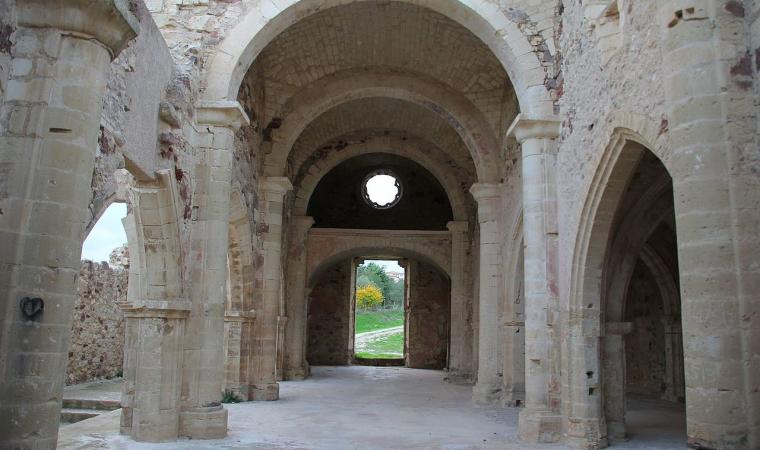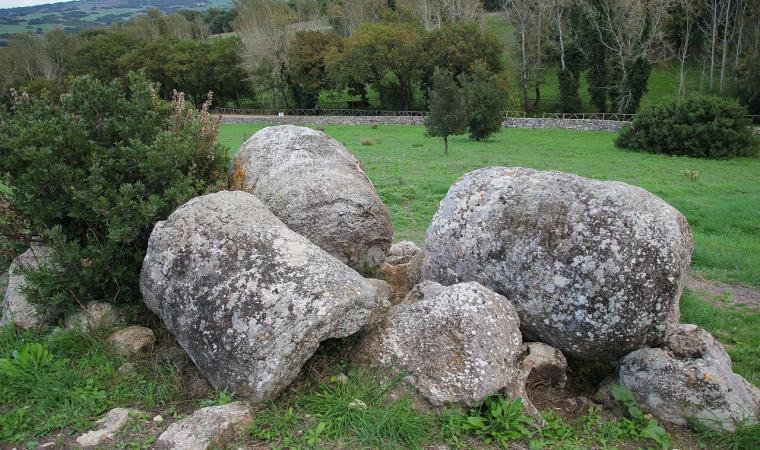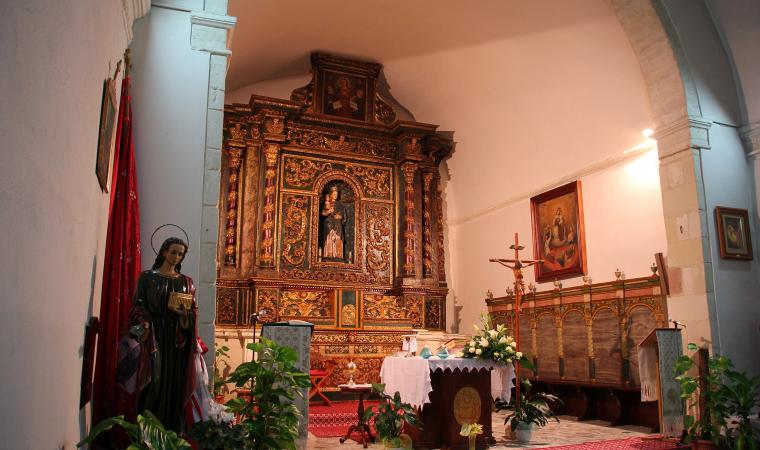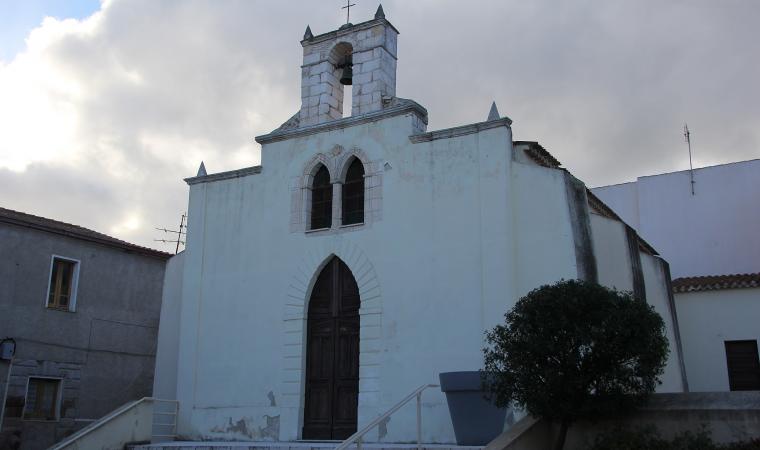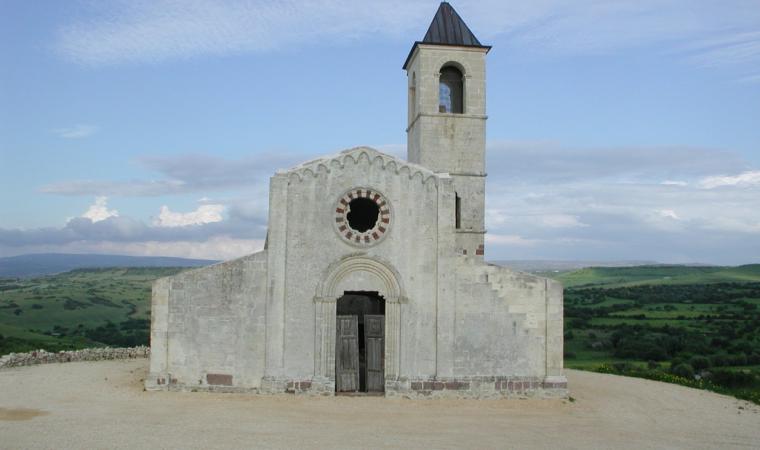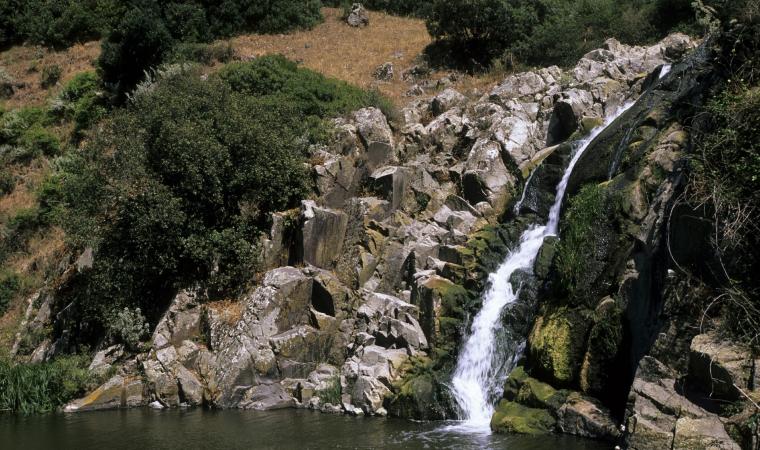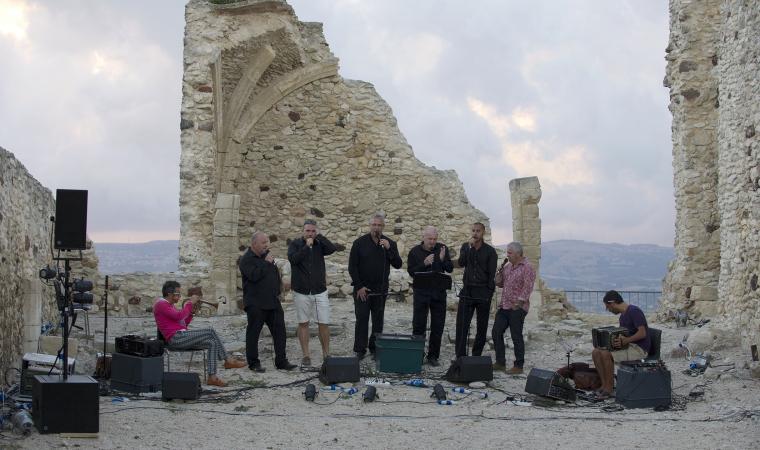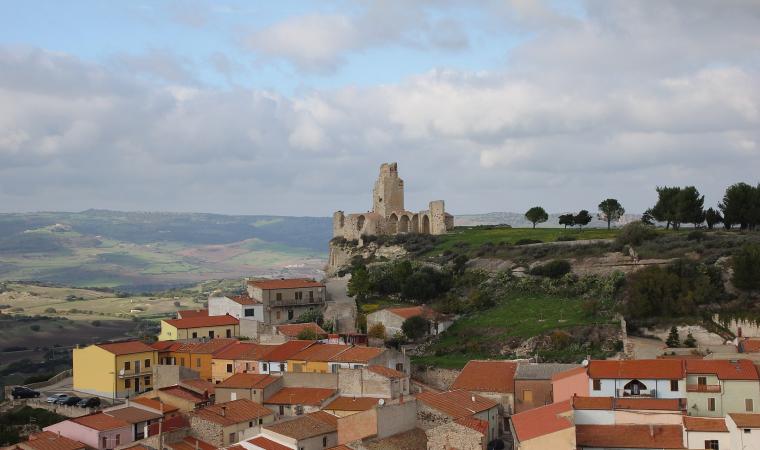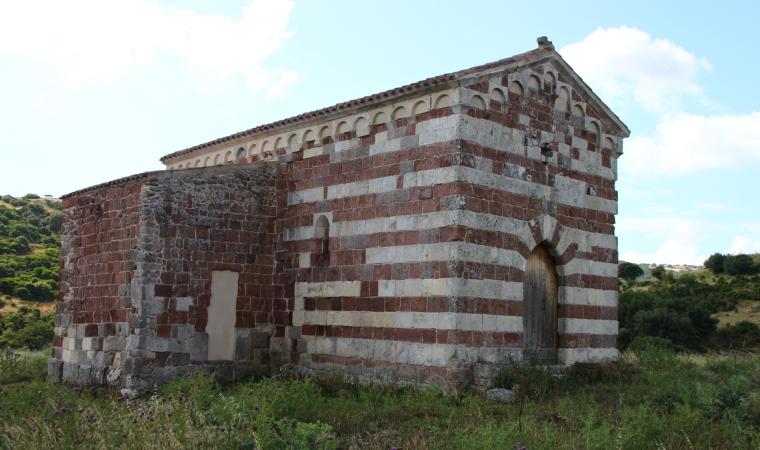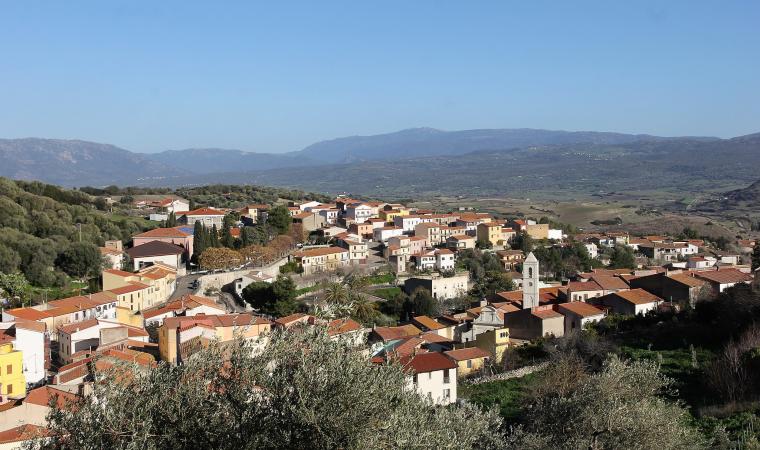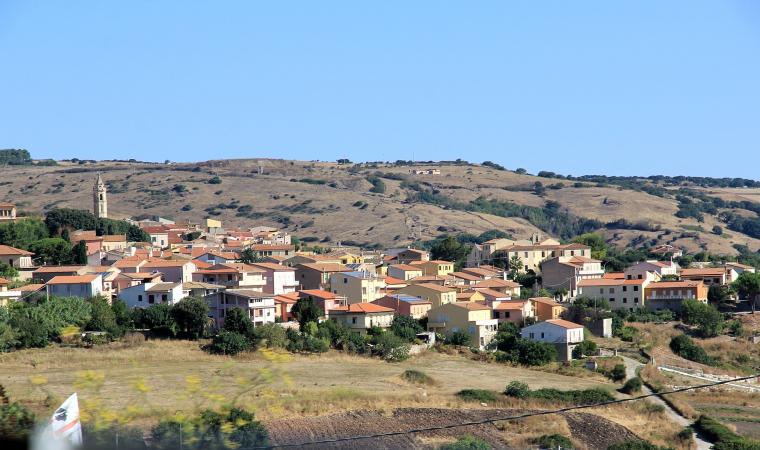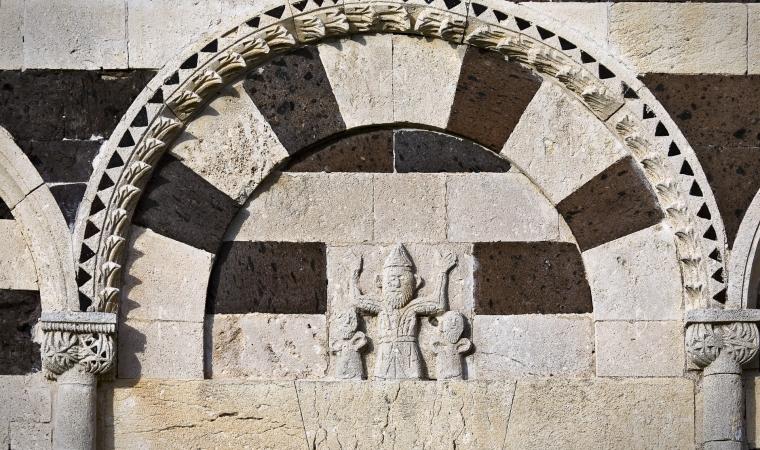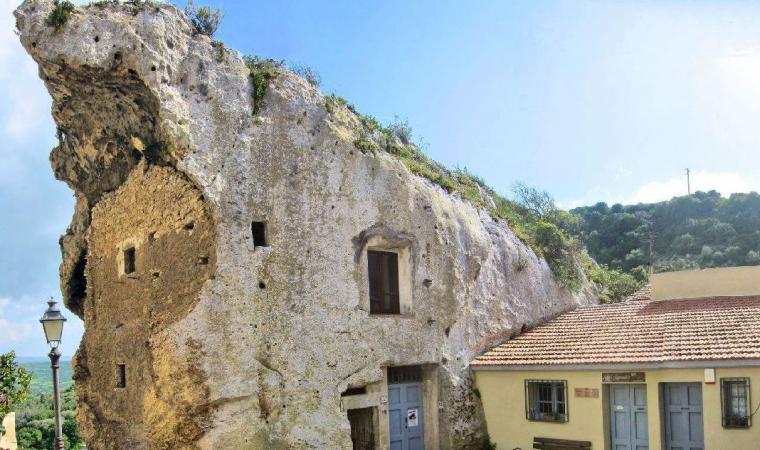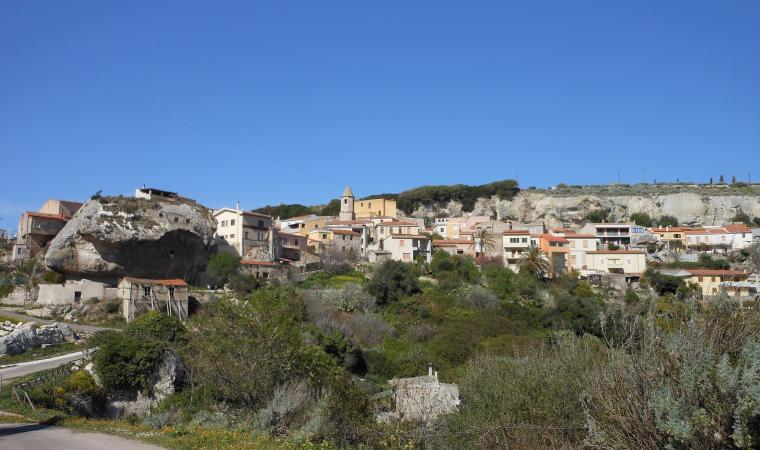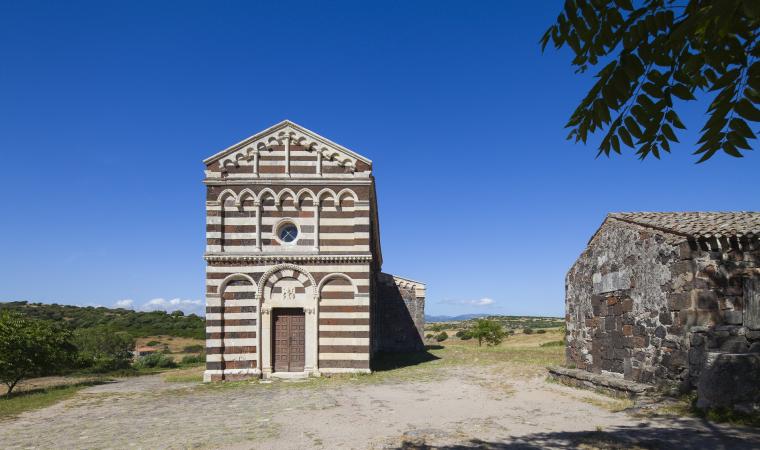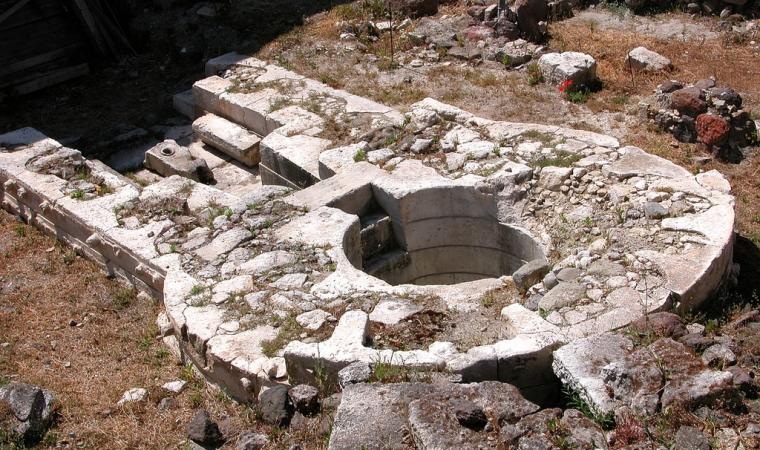In the centre of Anglona, nestled among gentle hills and deep, sedimentary and volcanic valleys, Martis, a village of just over 500 inhabitants, shows its ancient origins: buildings decorated with moulded cornices, iron balconies, majestic doorways and elegant terraces built by the picapedrers of the Catalan school (16th to 17th century). The village originally dates back to Roman times, as can be seen from name: there could once have been a temple dedicated to Mars here. The most important modern-day temple is the church of San Pantaleo, built in the 13th-14th century in Romanesque-Gothic style. The layout is divided into three naves by columns supporting round arches in the centre and pointed arches at the sides. The facade is dominated by a Romanesque portal and bi-coloured rose-window. The largest chapel once hosted the Miracle of San Pantaleo, by mannerist artist Andrea Lusso (1595), now kept in the parish church of San Giuseppe, which opened in 1977 and which is also home to the Dormitio Virgini statue (14th century).

